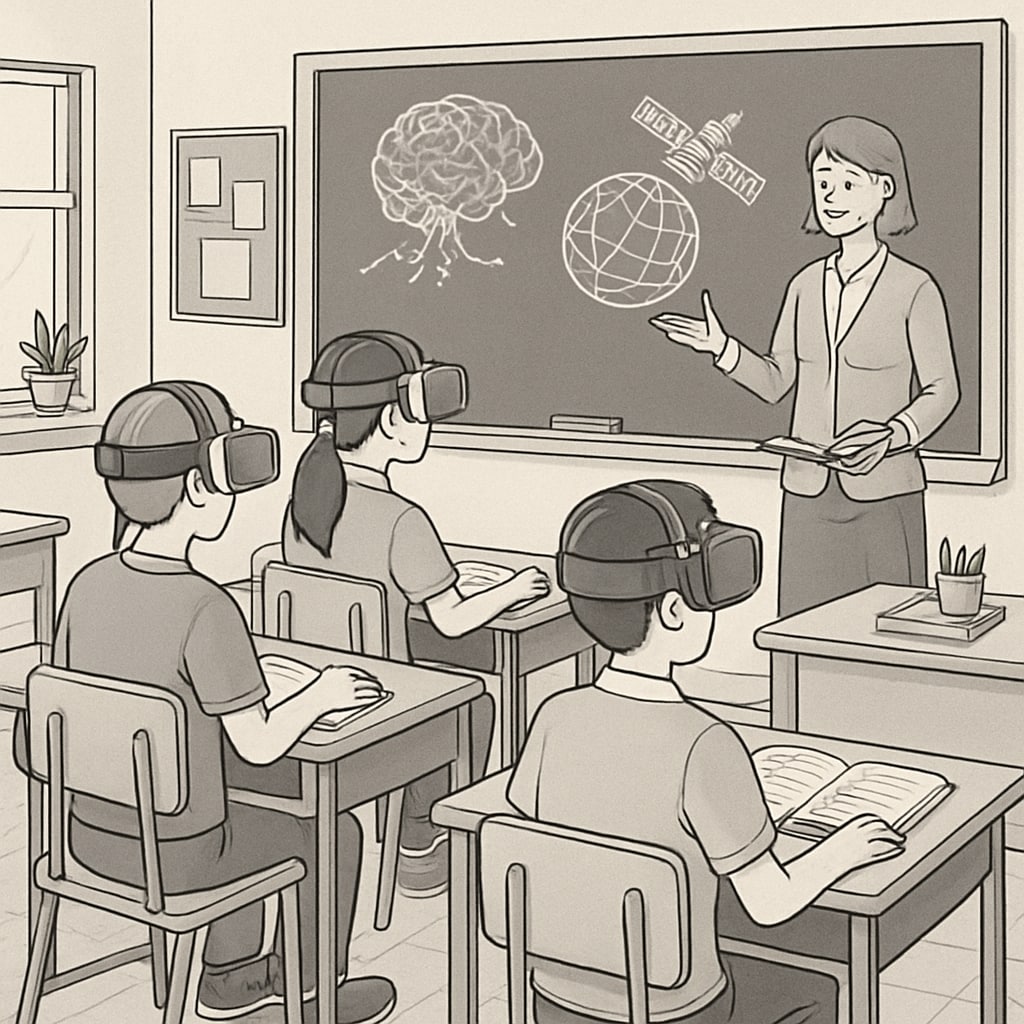Artificial intelligence (AI) is rapidly transforming the global education landscape, introducing innovative solutions that redefine teaching and learning practices. In K12 education, AI is driving personalized instruction, intelligent assessments, and adaptive learning technologies, marking a significant shift in how students engage with educational content. This article explores the key trends in AI-powered education, its practical applications in classrooms, and the opportunities it presents for educators and learners alike.
How AI is Reshaping K12 Education
K12 education has traditionally relied on a one-size-fits-all approach, which often fails to address the diverse needs of students. AI technologies are challenging this paradigm by enabling personalized learning experiences tailored to individual abilities, interests, and learning speeds. For example, AI-driven platforms such as adaptive learning systems analyze student performance in real-time and adjust instructional materials accordingly.
Moreover, intelligent tutoring systems (ITS) act like virtual mentors, providing immediate feedback and targeted support. These systems are particularly beneficial in subjects like mathematics and science, where students often struggle with complex concepts. According to a recent Britannica article on AI, these tools help bridge learning gaps and foster deeper understanding.

Key Trends in AI-Powered Education
The integration of AI in education is supported by several prominent trends:
- Personalized Learning: AI algorithms analyze data to customize learning paths, ensuring that each student progresses at their optimal pace.
- Gamification: AI-powered educational games make learning engaging, fostering motivation and retention among students.
- Virtual Reality (VR) and Augmented Reality (AR): Combining AI with VR/AR creates immersive learning experiences, particularly in subjects like history and biology.
- Automated Grading: AI streamlines grading processes, allowing teachers to focus on more meaningful interactions with students.
In addition, predictive analytics help educators identify at-risk students early and implement targeted interventions, a capability that has proven invaluable in improving outcomes. For more information, consider reviewing the education technology entry on Wikipedia, which highlights the broader role of AI in modern classrooms.

The Future of AI in K12 Learning
As AI continues to evolve, its potential applications in education are boundless. Here are some future possibilities that could shape the next generation of K12 learning:
- Emotion AI: Systems capable of recognizing and responding to student emotions will create more empathetic and effective learning environments.
- Global Collaboration: AI will connect classrooms worldwide, enabling students to learn from diverse perspectives and cultures.
- Language Translation: Real-time translation tools will break down language barriers, making education more accessible to non-native speakers.
However, challenges such as data privacy, algorithm bias, and equitable access need to be addressed to fully realize the benefits of AI in education. Educators, policymakers, and technologists must collaborate to ensure these systems are ethical, secure, and inclusive.
In conclusion, AI technologies are paving the way for a revolutionary transformation in K12 education. From personalized learning to intelligent assessments, these advancements promise to create more engaging, efficient, and equitable learning experiences. By understanding and embracing these trends, educators and institutions can harness AI’s full potential to empower the next generation of learners.
Readability guidance: Short paragraphs and lists summarize key points. Active voice and transitional phrases ensure clarity. Images enhance understanding and align with content themes.


